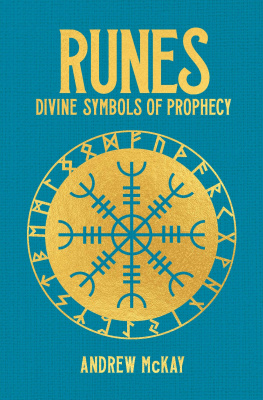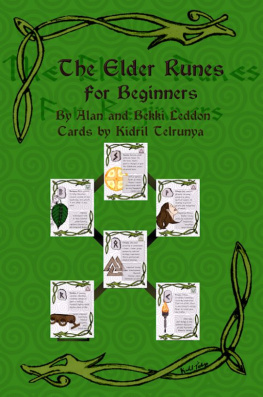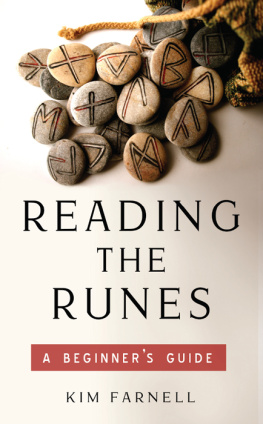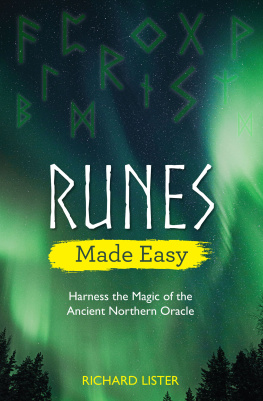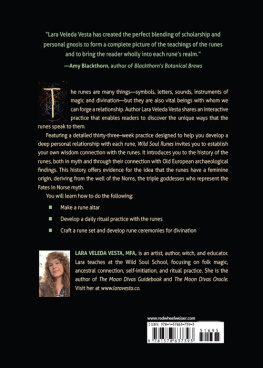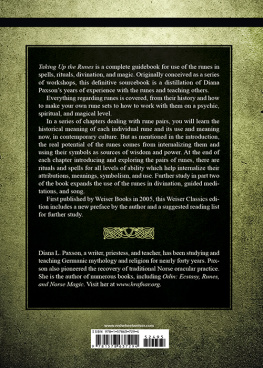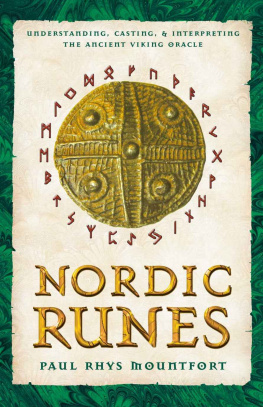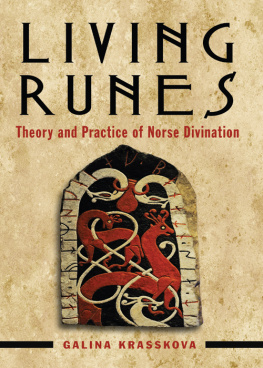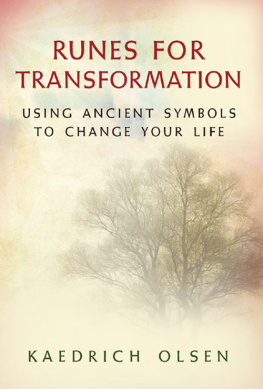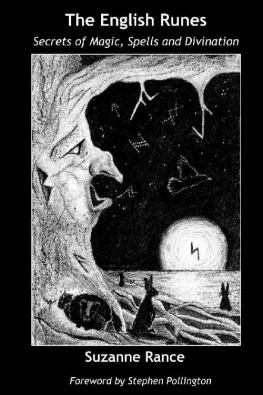


R unes are found throughout much of Northern Europe. From those carved into runestones great boulders that tell tales of Norse fame and fortune to simple inscriptions on weapons and possessions, these ancient symbols are a testament to mans desire to learn, to understand and to explain. As well as telling us much about the lives of those who came before us, they can also help us to divine where we should go next.
Our journey into runes starts with a fork in the road, as there are debates about the meaning of the word itself. It is often associated by scholars with words such as scratch or carve, which makes sense linguistically, as it describes how the runes come to be inscribed on their materials.
However as in English, where few words have only one meaning the word rune has several other readings. One of these is inscription, which means that the word doesnt refer to a single character but to one incidence of writing. While this is technically correct, its probably not really a useful distinction outside of academic runology so I shall be using the word rune in the way that most people would understand it to mean a single character. I will use either runes or runic inscription to refer to a set of characters strung together into what we would call words, sentences and paragraphs.

If we refer back to earlier languages such as Old Norse and Old English, rune has another meaning of holding a secret. This is where we get our ideas about runes as being somehow magical and part of the mythology of the Norse people. The source materials for Norse mythology particularly the Icelandic Edda, which we will discuss further later on certainly attest quite strongly to a mystical aspect and origin of the runes.
Academics will probably tell you that runes are nothing more than a forerunner to todays letters, but modern rune users, and those who attempt to keep alive the secrets of the Norse and Germanic mythologies, tell a different story. They believe the runes were a secret connected with fate, handed to man through the gods, and they are still a powerful spiritual channel that can help us divine information about the world and our place in it.
The curious thing about both sides, however, is that neither has definitive proof. A sceptic might tell you that casting runes has no logical bearing; their arrangement is only defined by random chance. But if you ask someone who has found help in decision making through using runes, they will probably tell you that the stones are indeed special and mystical.
The conflict between the academic and the mystic around runes is perhaps understandable. Those who believe in academic rigour might scoff at concepts involving higher powers and mythology, while those who use runes in a divine context might not wish to engage with those who might ridicule them. But I honestly believe that both sides can learn a lot from each other and that an understanding can grow from a common interest in runes.
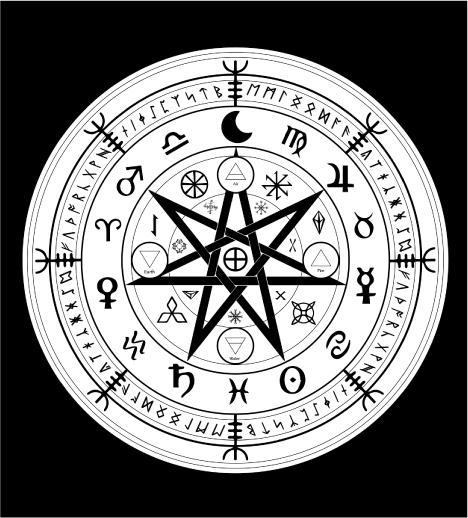
There is a third way to understand runes, which is that the magic at work is the concentration of the mind on what one truly thinks and desires, which in turn manifests the outcome that the caster desires. If you use runes and you find that your life improves because of them, does it really matter whether you choose to believe that it was divine inspiration, or the power of suggestion that helped steer your subconscious to the right path?
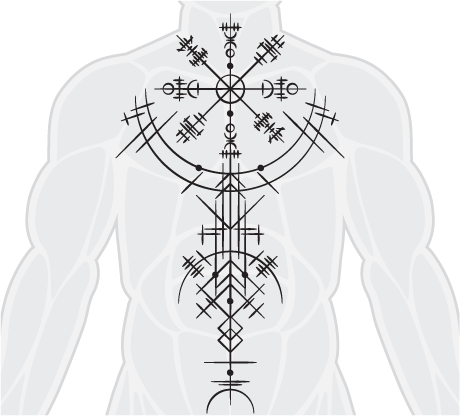
So join me as I attempt to show how the two sides are not necessarily as far apart as they may seem. On this journey, I aim to weave a path through the spiritual and the academic aspects of runes to see how, ultimately, the two worlds can exist together. The story of runes is too often told from only one side but I hope to blend the mystical and mundane into one coherent whole.
I shall start out with how the scholars believe the runes developed, and the different systems of runes that we know about. Ill give you some information on what we know, and dont know, about the history of the runes as human inscriptions as well as how runes are still in use today, even though that might be in ways that are contentious. After that well dive deeply into the world of divination and how people believe the runes can still be a powerful force in daily life.
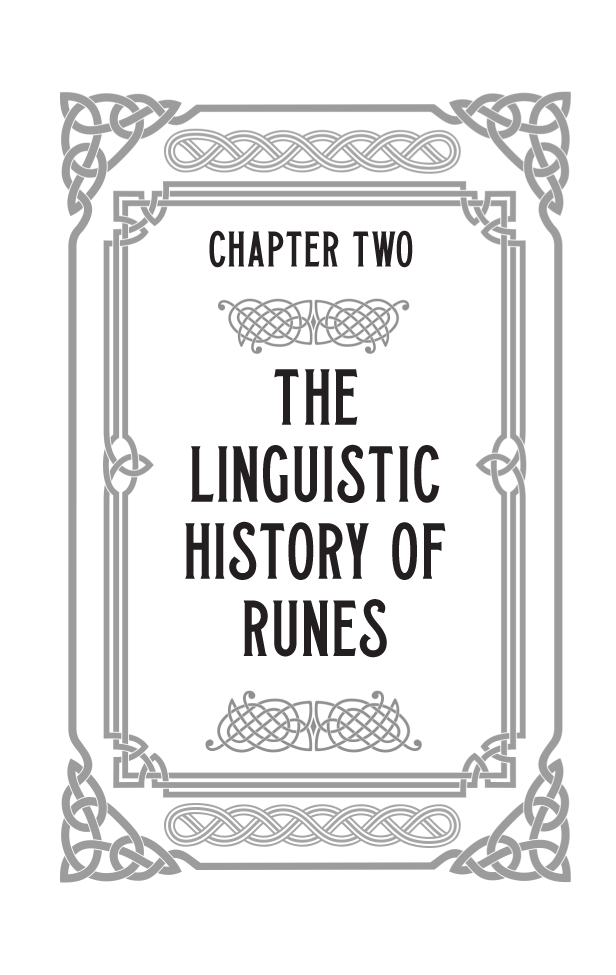

O ne of the biggest problems with history is that we know almost nothing about it. Out of all that can be known about the happenings of the human past, the amount we do know is closer to zero than we like to admit.
It seems odd that in the current age, where we have all known information at the touch of a smartphone screen, there can still be so much we dont know. How can this be? Well, primarily its because, for the majority of what we now call human history, no one was taking notes.
Stories were passed down through the generations in the oral tradition. Mothers and fathers would sit around and tell their children the great stories that were told by their parents, that they in turn learned from their parents.
One big problem with oral histories is that they change over time. Through several generations of a tale, a man who is taller than average might become a ten-foot-tall giant. A large whale might become a ship-destroying monster that strikes fear into the heart of the hardiest Vikings.

Oral histories were all humans had before the advent of writing.
It was only with the development of writing systems that our ancestors could start to store knowledge and preserve histories precisely. The best theory at present is that writing developed independently in at least four different places. Mesopotamia, Egypt, China and South America all have early writing systems so different its almost impossible that they are related to each other.
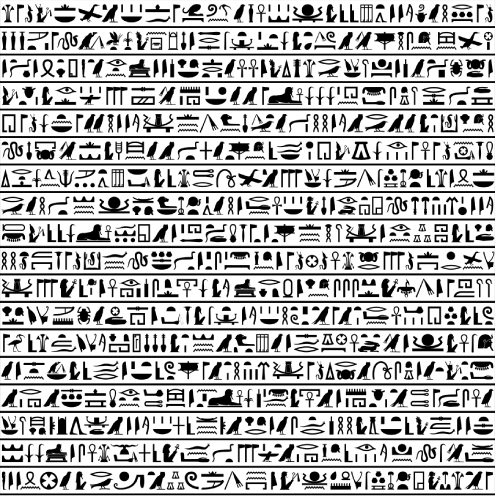
Early writing, such as Egyptian hieroglyphics, were based on pictures.
The very first writing systems were based on glyphs, or simplified pictures of objects, like Egyptian hieroglyphics, probably the most well-known example. Mostly these glyphs would have been used to keep track of things like livestock and produce. This worked well for a long time, as in many ways pictures can tell a story more easily than words. They are also easier for people to understand. If you show an uneducated man a picture of a bird, he will know instantly what it is. Show him the word bird and he would have no idea.

